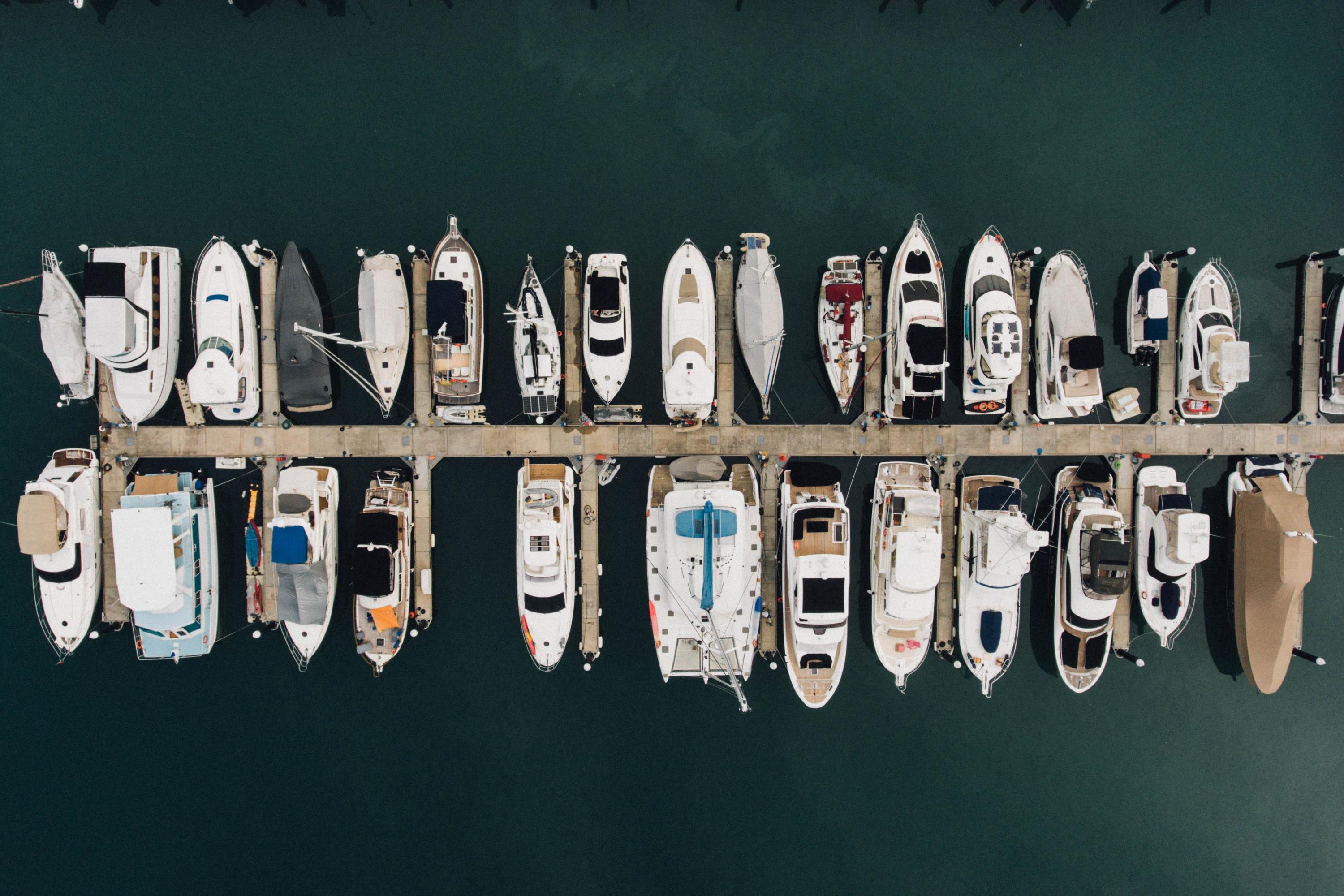
Did you Know That more vessels sink at the dock while unattended than sink while underway and manned. A common reason for this is when cockpit drains get clogged and the vessel takes on water from heavy rains or waves slapping over a low transom. The added weight of this water lowers the vessel in the water until a through hull fitting or cut-out transom is forced under water. Sea water then spills into the hull from the fitting or floods over the transom sinking the vessel.
The average vessel's bilge pump system and battery capacity is not designed to deal with this amount of flooding, especially when unmanned. The amount of flooding that occurs when a prop shaft falls out of a vessel, or from a lost sea cock, is substantial
The second most common source of sinking at the dock is snow and rain. I had this happen to one of my clients’ boats because the self-bailing scuppers clogged from leaves. Rain followed, and followed, and followed—until they had a submarine. Also, many skippers believe that Bimini tops and canvas covers prevent water from entering the boat. Wrong again. They slow it, but don’t stop it. In the winter, stow them someplace dry and shrink wrap the boat.
So, more than 80 percent of the boats sink for two reasons—all of which adds up to checking the boat from time to time. Or paying the dock hand to, or your teenager who wants some extra spending money. But check it.
Your best defense against a dock side sinking is to check on your vessel often, and ensure that cockpit drains are kept clear of debris. In addition, it is important to check and maintain all through hull fittings. Plastic through hull fittings are notorious for degrading from UV exposure and snapping off at the slightest pressure. If your plastic fittings leave a chalky residue when wiped with a finger, replace them now! And take the opportunity to upgrade to a bronze fitting. Hoses connected to above water through hull fittings should lead upwards if possible. The higher the hose is lead above the waterline, the lower your vessel can be submerged without creating a back siphon.
Finally, if your vessel has a low transom (as found on many outboard powered vessels) be sure to dock it with the bow of the vessel pointing to any exposed stretch of water. That way, storm waves will break on the bow rather than over the transom.